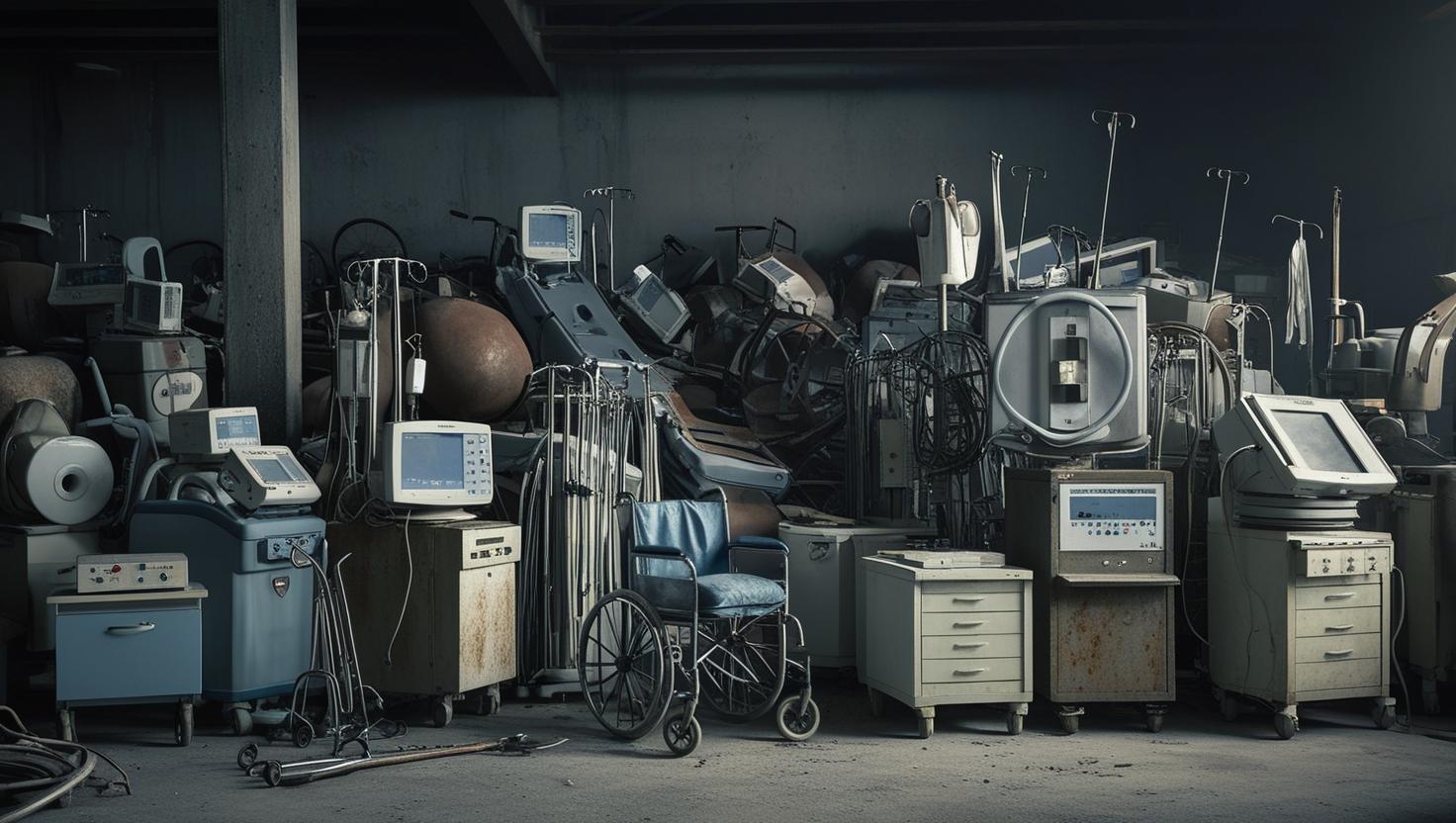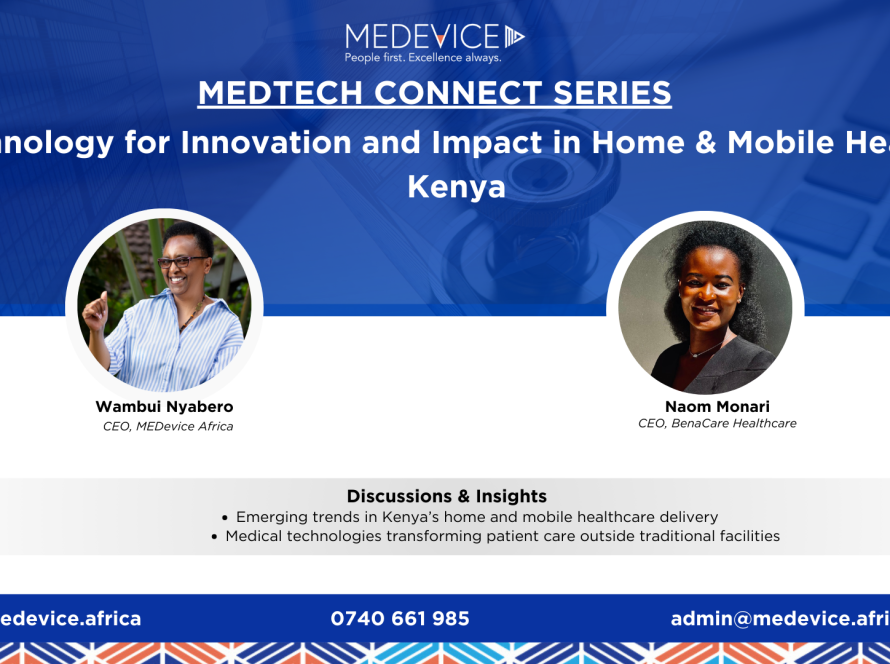Africa relies heavily on imported medical devices and health technology. In many African countries, over 70% of health technology needs are imported, and more than 90% of medical devices in public hospitals come from abroad (Ng’aru, 2024). This isn’t just a supply chain issue; it’s an economic drain. Why? Africa’s status as a consumer, rather than a producer, of medical devices comes with several significant costs:
- Massive Financial Outflow: Huge portions of national healthcare budgets are spent on importing medical equipment, leading to significant money leaving the continent (CICTAR, 2024). Significant amounts of healthcare spending are diverted from front-line care and local needs towards increasing profits for multinational corporations through the purchase of imported equipment. This represents a major outflow of capital that we could otherwise be spending on other healthcare solutions such as training or healthcare infrastructure.
- Debt burden: Procuring imported medical equipment, often financed by ‘development’ agencies, international banks, or export credit agencies from donor countries, can significantly add to a nation’s foreign debt (CICTAR, 2024) This debt burden strains national budgets, diverting resources away from essential public services.
Beyond the financial burden, imported equipment is often mismatched to local needs and the quality and value to the healthcare system is sometimes questionable. There are worrying reports of expensive medical equipment lying idle in hospitals, unused because staff lack training or parts are unavailable for maintenance (Mwoka, 2024), eventually turning facilities into “medical equipment graveyards”. This doesn’t improve health outcomes but rather adds debt and environmental burden.
The path forward is clear: Africa must shift from being a consumer to a producer. According to the Ministry of Health (MOH), (2024), Kenya aims to locally produce at least 50% of essential health products by 2026 – reflecting both ambition and necessity. Investing in local medical device production and strengthening public health systems is not just smart economics; it’s essential for achieving universal health coverage and ensuring quality healthcare for all Africans.
The Imperative for Local Production
• Meeting Local Needs: Local production allows for the development of devices specifically tailored to the African context – affordable, easy to use, and maintainable within existing infrastructure.
• Building Capacity and Creating Value: Manufacturing creates technical capacity, skilled jobs, and supports ancillary industries. It allows countries to move up the value chain, retaining capital and fostering innovation domestically.
• Enhancing Supply Chain Resilience: Local production reduces dependency on unpredictable international supply chains, ensuring critical equipment is available when needed.
• Economic Opportunity: With the African medical device market growing significantly, there is tremendous opportunity in the medical manufacturing industry. Kenya, for example, is seen as a promising market, with existing local manufacturers and assemblers focusing on consumables, assistive equipment, and monitoring devices.
Addressing Challenges and Moving Forward
Although there is a clear opportunity, transitioning to a production-based model isn’t without its challenges. These include navigating regulatory hurdles across several jurisdictions, obtaining funding for research and development, limited manufacturing infrastructure, insufficient technical know-how, and lack of access to raw materials. Although there is a lot to be done, the cost of doing nothing is far greater. It will take a coordinated effort through investment strategies, partnerships and regulatory harmonization to overcome these challenges.
Ultimately, the economics of being consumers rather than producers of medical devices has led to significant costs and shifting to local production is not just about economics but building a future that we own. One with resilient supply chains, tailored healthcare solutions, economic growth, and job opportunities. Africa can take control of its health systems by addressing the existing barriers and strategically investing in the MedTech manufacturing ecosystem, eventually shifting from consumption to production and building a healthier, more prosperous future for all its people.
This is the driving force behind MEDevice Africa’s vision of having 10 million innovative, locally designed, developed, and manufactured medical devices in hospitals on the African continent by 2040. It’s time to build, not just buy.
References
CICTAR. (2024). KENYA’S HEALTH CARE CRISIS: WHERE IS THE MONEY? Response from VAMED Engineering.
Ministry of Health. (2024, January 27). Empowering Health Through Local Manufacturing: A Path to UHC.
Mwoka, M. (2024, September 12). MedTech in Africa: Transforming Healthcare Through Innovation (Part 1).
Ng’aru, M. (2024, September 19). A Medtech Case Study: Kenya’s Medical Equipment Market. JazaRift.




